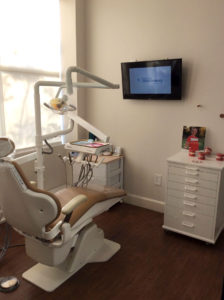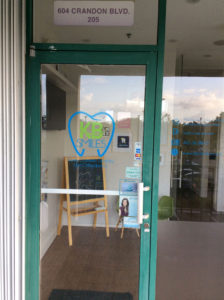Have you noticed that it seems now to be fewer kids with braces in high school and more in elementary school?
That’s because more and more dental professionals and families are recognizing the benefits of early orthodontic treatment in children as young as 7 or 8 years old. While early orthodontic treatment is certainly not for every child, in many cases it can mean shortening orthodontic treatment down the road. Sometimes it is challenging for parents to know when treatment should begin. That’s why working with a trusted orthodontist who has experience in early intervention is so important.
What Are The Benefits Of Early Orthodontics?

The benefits of early orthodontic treatment (also called interceptive or phase I treatment) is the ability to take advantage of the period when a child’s jaws are still developing. Some conditions like narrow jaws, jaw size discrepancies, and crowded teeth may be best addressed at this early stage. Two-phase treatment often uses devices (appliances) at a younger age, followed by braces in the teenage years.
At Bocage Orthodontics at KB Smiles, we can identify potential problems early and treat them when necessary. However, we take a conservative as-needed approach to orthodontics; our priority is always the best interest of your child.
What Are Some Reasons For Early Orthodontic Treatment?
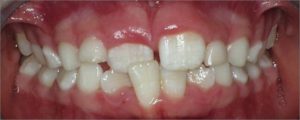
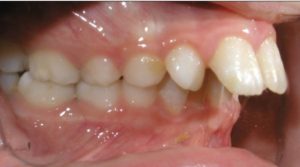
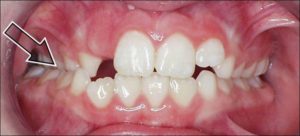
Some conditions that can benefit from early orthodontic treatment include early or late loss of baby teeth, thumb sucking, crowded or misplaced teeth, overbites, underbites, crossbites, and front teeth that do not meet correctly.
What Is Multi-Phase Orthodontics?


In many cases where early orthodontic intervention is appropriate, a two-phase approach is required. Phase one often involves dealing with issues like jaw development, crowding, and bite issues (usually using appliances like expanders and space maintainers). This phase is often followed by a pause in treatment while the permanent teeth come in. Phase two generally involves full upper and lower braces to align all permanent teeth once they come in. Phase two typically takes place around age 12.
What Early Orthodontic Treatments Are Available?
Palatal Expanders

One of the most common forms of early orthodontic treatment is the palatal expander appliance. An expander can help address crossbites and crowded teeth. They work by widening the bone, changing both the position of the teeth, and shape of the bone. Palatal expanders are most effective when placed at a younger age while the jaw is still developing.
The palatal expander is a custom designed appliance that fits on the upper teeth, usually the six-year molars. It has a screw-like device that is incrementally turned to allow the bone at the roof of the mouth to expand. Expanders are often worn for 8-12 months.
Partial Braces

Partial braces are another common form of early orthodontic intervention. Braces are used to move the teeth and may be necessary if teeth are rotated, spaced, or misaligned. Braces can be placed on the upper or lower front teeth and usually involve only 4 to 6 brackets.
Is Early Orthodontics Right For My Child?
Early (phase I) orthodontic treatment isn’t for everyone. In many cases waiting until the permanent teeth come in is still the best approach. With new technology and a better understanding of jaw development in young children, orthodontists are finding that early treatment can have significant benefits in many cases. Dr. Virginia Bocage, can guide you in making the best decisions on timing of orthodontic treatment to ensure a great smile for your child. Let us know if you have any questions regarding your child treatment. You can contact our office at (305) 361-8695 to schedule a complimentary smile and bite exam.
